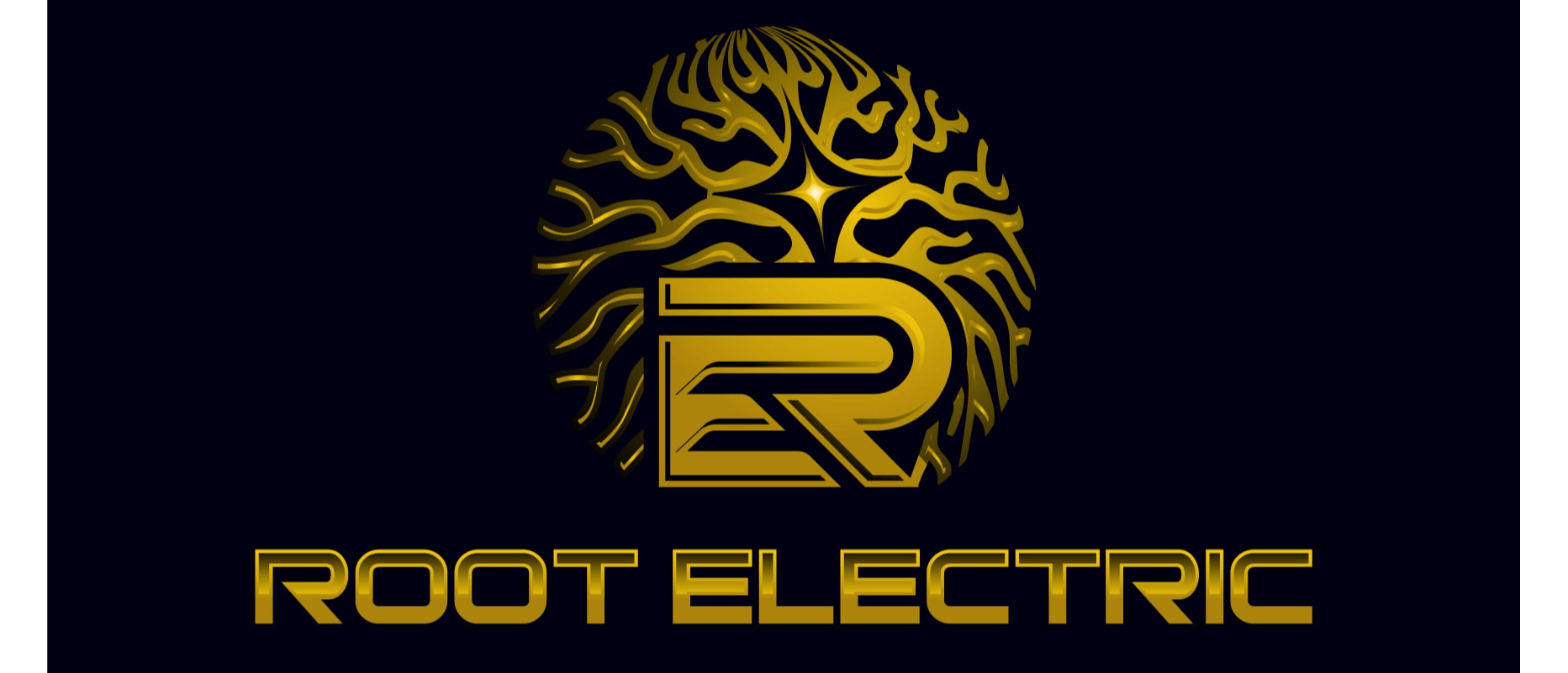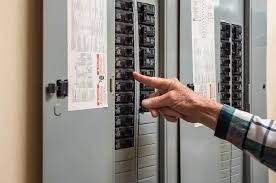Your home's electrical panel serves as the central hub for all electrical distribution throughout your property. Also known as a breaker box or service panel, this critical component controls the flow of electricity from your utility company to every outlet, switch, and appliance in your home. As homes age and electrical demands increase, many homeowners find themselves in need of an electrical panel upgrade.
Modern households consume significantly more electricity than homes built even two decades ago. With the proliferation of smart devices, high-efficiency appliances, electric vehicle chargers, and advanced lighting systems, older electrical panels often struggle to meet current demands safely and efficiently.
Understanding Your Current Electrical Panel
Most residential electrical panels are rated for either 100, 150, or 200 amperes of electrical service. Homes built before 1980 typically feature 100-amp panels, which were adequate for the electrical needs of that era. However, today's electrical demands often exceed the capacity of these older panels.
The electrical panel contains circuit breakers that protect individual circuits from overloading. When a circuit draws too much current, the breaker trips to prevent overheating and potential fire hazards. If your breakers trip frequently, this often indicates that your electrical system is working beyond its intended capacity.
Older panels may also contain outdated components that no longer meet current electrical codes. Federal Pacific Electric panels, Zinsco panels, and other brands manufactured between the 1950s and 1980s have known safety issues and should be replaced immediately by a qualified electrician.
Key Benefits of Electrical Panel Upgrades:
Enhanced Safety and Fire Prevention
The primary benefit of upgrading your electrical panel is improved safety. Older panels with worn components, loose connections, or outdated breakers pose significant fire risks. Modern panels feature advanced safety mechanisms, including arc-fault circuit interrupters (AFCIs) and ground-fault circuit interrupters (GFCIs), which provide superior protection against electrical hazards.
New panels also eliminate the risks associated with problematic older brands. Many insurance companies now require panel upgrades for homes with certain types of outdated electrical panels, recognizing the safety improvements that modern equipment provides.
Increased Electrical Capacity
Upgrading from a 100-amp to a 200-amp panel doubles your home's electrical capacity, allowing you to safely operate more appliances and devices simultaneously. This increased capacity is essential for homes with electric vehicle charging stations, hot tubs, swimming pool equipment, or multiple high-powered appliances.
Additional circuits can be added during the upgrade process, reducing the likelihood of overloaded circuits and frequent breaker trips. This means you can run your air conditioning, electric dryer, and other major appliances without worrying about power limitations.
Support for Modern Technology
Today's smart homes require a reliable electrical infrastructure to support connected devices, automated systems, and energy-efficient appliances. A modern electrical panel provides the stable power supply these technologies need to function optimally.
Electric vehicle charging stations, in particular, require dedicated high-amperage circuits that older panels often cannot accommodate. A panel upgrade ensures you can take advantage of clean transportation options without compromising your home's electrical safety.
Improved Energy Efficiency
Modern electrical panels operate more efficiently than their older counterparts, reducing energy waste and potentially lowering your electricity bills. New panels maintain more consistent voltage levels, helping appliances operate more efficiently and extending their lifespan.
Smart panel options are now available that provide real-time energy monitoring, helping homeowners identify energy-wasting devices and optimize their electrical usage patterns.
Increased Property Value
An electrical panel upgrade represents a significant home improvement that increases property value. Potential buyers view updated electrical systems as a major selling point, knowing they won't face immediate electrical work expenses or safety concerns.
Real estate professionals often recommend electrical panel upgrades as one of the most cost-effective ways to improve a home's marketability and value.
Warning Signs You Need a Panel Upgrade:
- Frequent Circuit Breaker Trips - If your circuit breakers trip regularly, especially when using multiple appliances, your panel may be overloaded. While occasional breaker trips are normal safety responses, frequent trips indicate that your electrical system cannot handle your current power demands.
- Flickering or Dimming Lights - Lights that flicker or dim when large appliances turn on suggest that your electrical panel cannot provide consistent power to all circuits. This symptom often indicates an overloaded system or failing panel components.
- Burning Smells or Scorch Marks - Any burning odors near your electrical panel or visible scorch marks on the panel or surrounding wall require immediate professional attention. These signs indicate dangerous overheating that could lead to electrical fires.
- Warm Panel or Breakers - Electrical panels and breakers should remain cool to the touch during normal operation. Warm or hot components indicate dangerous conditions that require immediate evaluation by a licensed electrician.
- Reliance on Extension Cords - If you regularly use extension cords because you don't have enough outlets, your electrical system may be inadequate for your needs. A panel upgrade often includes adding new circuits and outlets to eliminate the need for temporary wiring solutions.
- Age of Current Panel - Electrical panels over 25 years old should be evaluated for replacement, even if they appear to function normally. Components deteriorate over time, and electrical codes have evolved to require enhanced safety features not present in older panels.
The Panel Upgrade Process
- Professional electrical panel upgrades involve several critical steps that require the expertise of a licensed electrician. The process begins with a comprehensive evaluation of your current electrical system and a power needs assessment.
- Your electrician will coordinate with your utility company to temporarily disconnect power during the installation. The old panel is carefully removed, and new wiring connections are made to the upgraded panel. All work must comply with current electrical codes and pass local inspection requirements.
- The installation typically takes one to two days, depending on the complexity of your electrical system and any additional circuit installations. During this time, your home will be without power for several hours while connections are made.
Choosing the Right Panel Size
Most modern homes benefit from 200-amp electrical service, which provides ample capacity for current and future electrical needs. However, larger homes or properties with extensive electrical demands may require 300-amp or 400-amp service.
Your electrician will calculate your electrical load requirements based on your home's size, appliances, and planned additions, such as electric vehicle charging stations. This load calculation ensures your new panel provides adequate capacity without unnecessary oversizing.
Cost Considerations and Return on Investment
- While electrical panel upgrades require significant upfront investment, the long-term benefits justify the expense. Improved safety, increased capacity, and enhanced property value provide substantial returns on your investment.
- Many utility companies and local governments offer rebates for electrical upgrades that support energy efficiency or electric vehicle adoption. These incentives can significantly reduce the net cost of your panel upgrade project.
- The peace of mind that comes from knowing your electrical system is safe and adequate for your needs is invaluable. Preventing potential electrical fires or equipment damage far outweighs the cost of proactive panel upgrades.
Conclusion
Electrical panel upgrades are among the most important home improvements you can make for safety, functionality, and value. If your home shows any warning signs of an inadequate electrical system, or if your panel is over 25 years old, consult a licensed electrician about upgrade options.
Modern electrical panels provide the safety, capacity, and reliability that today's homes require. By investing in a professional panel upgrade, you protect your family, property, and electrical devices while positioning your home for future electrical needs and technologies.
Schedule Your Electrical Panel Upgrade in Parker, CO Today
Don’t wait for tripped breakers or power issues to remind you that your home’s electrical system is outdated. A professional panel upgrade not only protects your family but also increases your home’s safety, energy efficiency, and value.
At Root Electric LLC, our licensed electricians in Parker, Colorado, specialize in safe, code-compliant electrical panel installations and upgrades for residential and commercial properties. We proudly serve Parker, The Pinery, Stonegate, Pradera, Castle Rock, Elizabeth, and nearby communities.
📞 Call (720) 448-4018 today or visit www.rootelectricllc.com
to schedule your electrical inspection or upgrade consultation.


